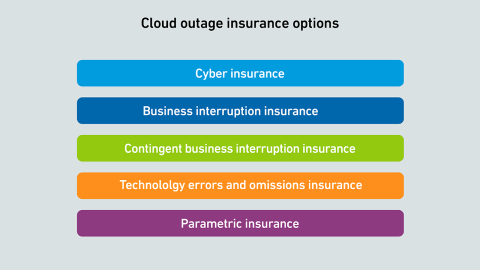Cyberattacks on operational technology (OT) systems are rising, and OT failure could be catastrophic for data centers. Managers need to understand the nature of the threat and the defense options to protect their critical environments.
filters
Explore All Topics
Uptime Intelligence is inviting interested parties to collaborate on an initiative to improve data sharing between co-hosting / colocation companies and IT operators in order to comply with regulations and meet sustainability goals.
Refrigeration's history of progress is also a history of environmental concern. Whenever new refrigerants solve a problem, they create further crises down the line - and now history appears to be repeating itself.
Uptime Institute draws lessons from global outages data for 2024's annual benchmark review of the impacts, costs and changing types and frequency of crucial infrastructure failures.
The final EED delegated regulation was published on March 14, 2024. Data center operators have until September 15, 2024, to report the required information and key performance indicators to the EU database on data centres.
Avoiding digital infrastructure failures remains paramount for data center owners and operators. This report analyzes recent Uptime Institute data on IT and data center outage trends: their causes, costs and consequences.
The 2024 Uptime Institute Cooling Systems Survey (n=964) explores the adoption, usage, and benefits of various cooling systems in the data center. The attached data files below provide full results of the survey, including data cuts based on…
Data center operators face expanding information and key performance indicator reporting requirements. Standard accounting practices and data exchange processes will help enable the efficient exchange of information.
A lack of clarity surrounds the EED reporting timeline for data center operators. The directive mandates the public reporting of 14 items by May 15, 2024, but member states have yet to publish their reporting requirements.
Data center capacities are expanding rapidly, and organizations are increasingly using hybrid IT to meet rising demand. However, the growing complexity of IT environments is exposing limitations to current approaches.
Industry stakeholders recognize that to truly understand IT infrastructure efficiency, data center operators need to report a facility work per unit of energy metric. Most operators are, however, unprepared to calculate this metric.
Preliminary calculations by Uptime Intelligence suggest the initial impact of generative AI on global data center power use is low - but it will rise quickly as adoption increases. How far generative AI will go remains unclear.
The US Energy Information Administration has obtained an order requiring cryptocurrency mining operations to report their energy use. It is likely that traditional data centers will also be required to report energy consumption in 2024.
Cloud-related outages pose a serious financial risk to operators of mission-critical digital infrastructure. And a rising number of high-cost outages suggests that insurers may have a role to play.
Organizations develop strict security policies and practices to reduce exposure to cyberattacks. An ineffective policy only increases the cyber risk both to the data center and across IT in general.
 Michael O'Neil
Michael O'Neil
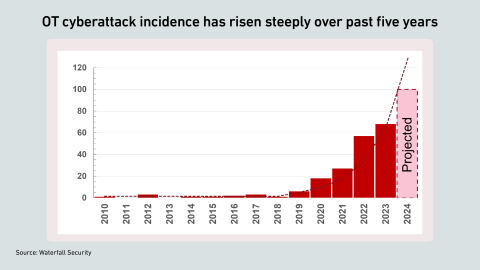
 Andy Lawrence
Andy Lawrence
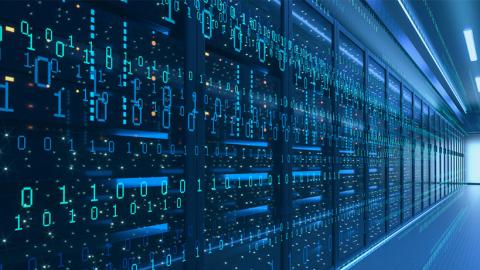
 Daniel Bizo
Daniel Bizo
 Jacqueline Davis
Jacqueline Davis
 Rosa Lawrence
Rosa Lawrence
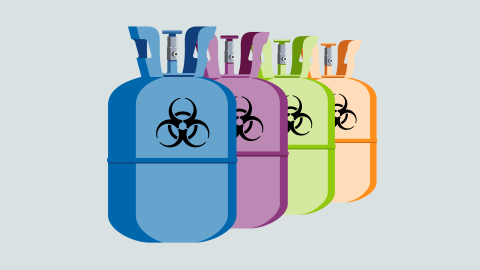
 Douglas Donnellan
Douglas Donnellan
 Chris Brown
Chris Brown
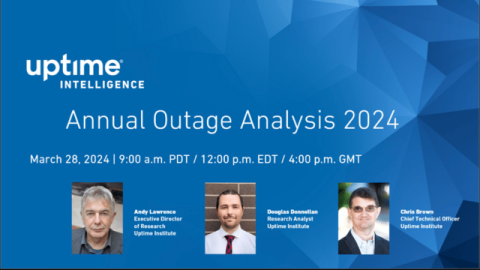
 Jay Dietrich
Jay Dietrich
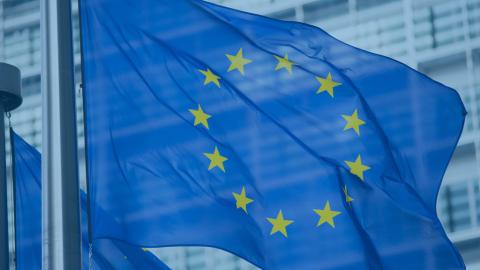
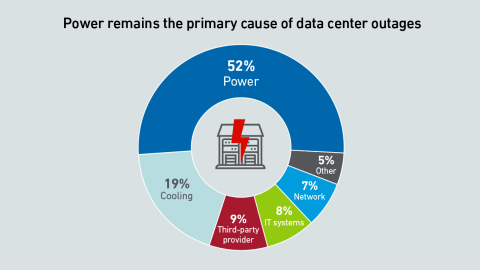
 Anthony Sbarra
Anthony Sbarra
 Laurie Williams
Laurie Williams
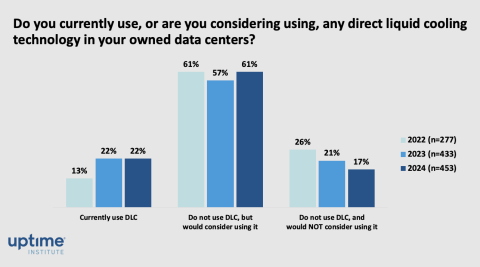
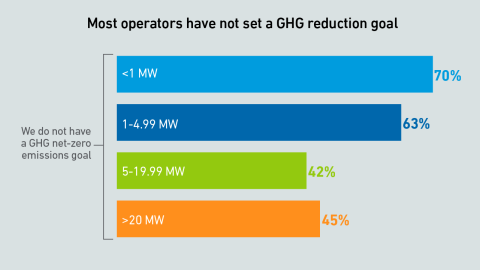

 John O'Brien
John O'Brien
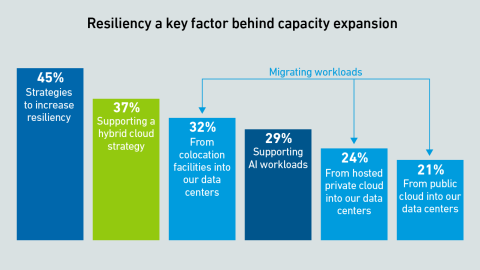
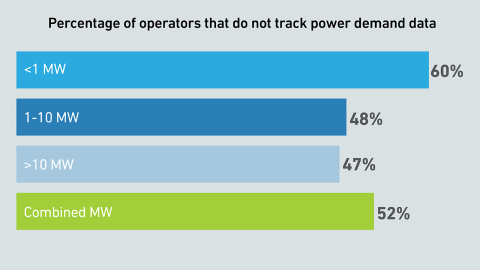

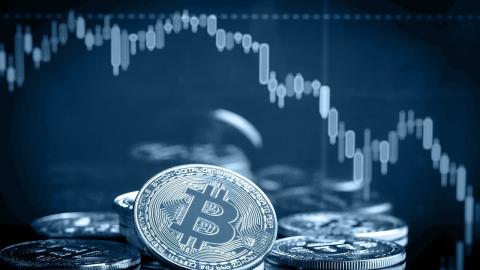
 Adam Page
Adam Page
